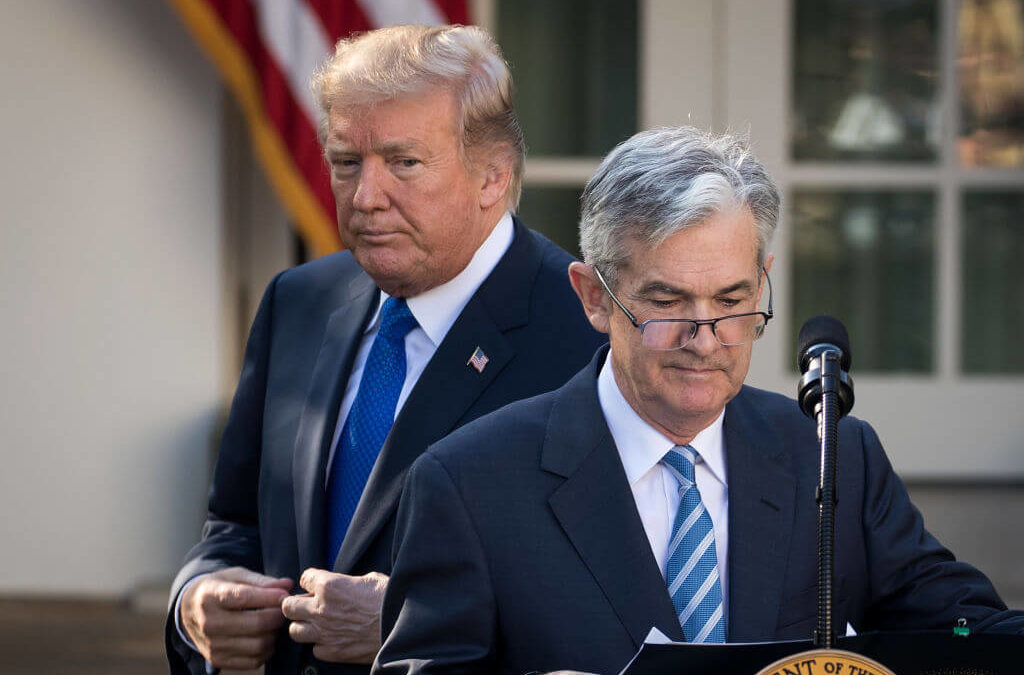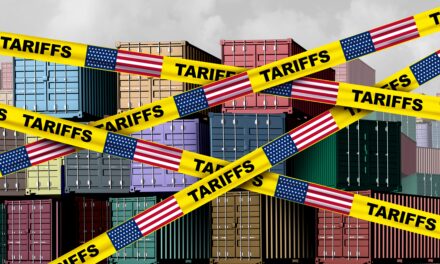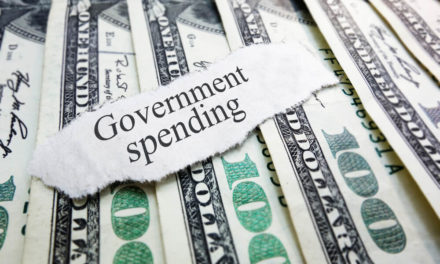The Federal Reserve voted 9-1 to keep its key benchmark interest rate unchanged for now, indicating no rate cuts coming in 2019 but signaling that could change should economic conditions take a turn for the worse.
The central bank does expect a rate cut in the future, but likely not until 2020.
The Fed left its benchmark rate — which influences many consumer and business loans — in a range of 2.25% to 2.5%, where it’s been since December after four rate hikes in 2018.
St. Louis Fed President James Bullard was the lone member to vote in favor of a rate cut.
While not changing rates, officials say that uncertainties “have increased,” and for that reason the central bank was prepared to “act as appropriate to sustain the expansion,” which is currently the longest on record.
That language echoes comments Chairman Jerome Powell made two weeks ago that triggered a huge stock market rally as investors started believing rate cuts were on the way. As expected the Fed removed a pledge to be “patient” in changing rates, signaling it is moving closer to a rate cut.
The news is not likely to sit well with President Donald Trump, who has been calling for a rate cut and for the Fed to restart quantitative easing (QE) for months now. Trump said last week the market would be “10,000 points higher” if the bank would cut rates and resume QE.
It has been widely reported that Trump had sought to fire or demote Powell from his position, with the Fed signaling again this week that the law is on Powell’s side.
White House lawyers have reportedly come up with a possible plan for Trump to remove Powell as Fed chairman, leaving him as a governor.
Fed spokeswoman Michelle Smith said this week the chairman can “only be removed for cause,” and not giving the president what he wants — lower rates — does not equate to “cause.”
“The law is clear that I have a four-year term. And I fully intend to serve it,” Powell said on “60 Minutes” in March.
The committee also changed language from its May statement, downgrading the country’s economic outlook from “solid” to now “rising at a moderate rate.”
The Fed also characterized the labor market as “strong” with “solid” job growth, even despite May’s disappointing 75,000 nonfarm payroll growth.
According to the Fed’s dot plot of individual members’ expectations, eight favor one rate cut this year, while eight voted in favor of keeping rates where they are while one member still wants a rate hike.
Moving into 2020, nine members want a cut to about 2.1%. However, consensus points to a quarter-point increase in 2021.
The news sparked a bit of a recovery in the markets, with the S&P 500 trading up 4 points, or 0.2%, the Dow up 40 points, or 0.2%, and the Nasdaq up 8 points, or 0.1%, at about 2:20 p.m. on the East Coast, shortly after the news broke, after being down earlier.
The Associated Press contributed to this report.
Editor’s note: Are you disappointed the Fed didn’t lower rates, or do you think it’s dangerous to lower rates while unemployment is so low and the economy is in such a good place? Share your thoughts below.




